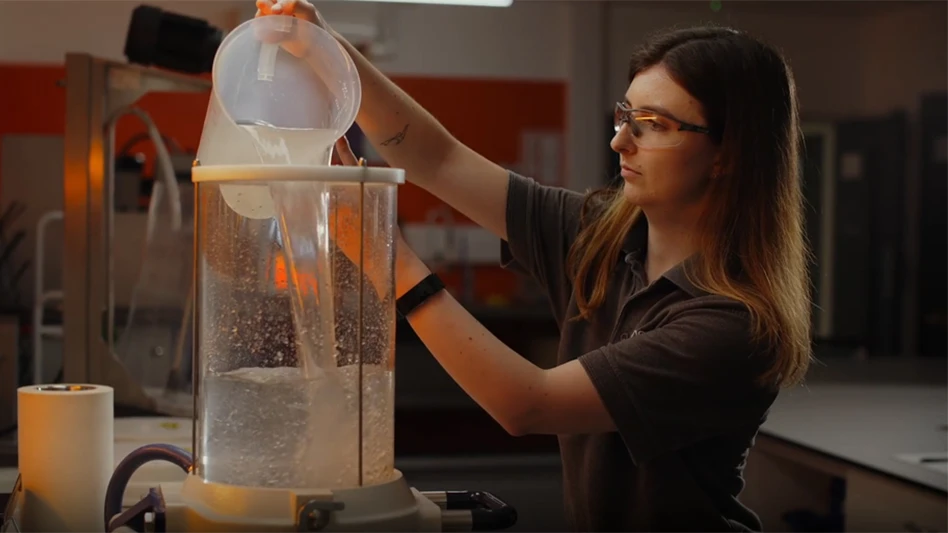
Photo courtesy of DS Smith
In an essay posted by London-based packaging and paperboard producer DS Smith in August, Head of Recyclability, Sustainability and Government Affairs Jonathan Edmunds attempts to help readers distinguish between recyclability and the process of recycling.
As part of his commentary, Edmunds says the DS Smith Recyclability Evaluation Service (RES) directly addresses the recyclability issue by evaluating submitted packaging samples “to determine how recyclable it could be in standard paper mills across Europe.
“You will receive a detailed report from our recycling and packaging experts summarizing the findings, along with a recyclability score that highlights areas for improvement," Edmunds says of the RES process.
The executive for DS Smith, which is in the process being acquired by United States-based International Paper, says the service leverages its extensive knowledge and experience in packaging design and recycling.
An RES final report is designed to provide “practical guidance on improving recyclability, addressing factors such as material composition and product design.”
He says methodologies used at the RES center in Kemsley, England, include the Confederation of European Paper Industries (CEPI) Harmonised Test Methodology and the 4evergreen Recyclability Evaluation Protocol.
“Recyclability is a crucial aspect of packaging design, referring to the ease with which a material or product can be recycled,” Edmunds says. “This concept differs from recycling, which involves the act of converting waste into new materials.”
Factors that can affect recyclability include low-fiber content, coatings and barriers, inks, varnishes, adhesives and more.
Edmunds recommends designing for recyclability as “essential in creating a circular economy,” and says the practice has gained significant importance in recent years as businesses and consumers alike strive for sustainable practices.
DS Smith urges its customers to design for recyclability for several reasons, including waste reduction, promoting the conservation of natural resources and minimizing the environmental impact of production.
Regarding regulatory compliance in Europe and beyond, Edmunds writes, “Packaging manufacturers are facing legislative pressures, including the Packaging and Packaging Waste Regulation (PPWR), extended producer responsibility (EPR) and Green Claims to produce recyclable packaging by 2030. So, with growing environmental regulations, manufacturers must ensure their packaging meets recyclability standards.”
DS Smith says recyclability is not solely about obligations, with Edmunds writing by the end of this decade, “Less recyclable packaging will face higher producer fees when being placed on the market, and from 2035 are likely to be banned completely. Packaging manufacturers can keep costs down by ensuring their products are recyclable from the get-go.”
Sales figures for products packaged in recyclable materials also may benefit, says the company, saying attentive household consumers “are demanding more recyclable packaging,” with some indicating they would stop ordering from a company if its packaging was not recyclable or difficult to recycle.
Edmunds says his company is well positioned to offer a perspective on “practical improvements that can be made to ensure recyclability.”
He concludes in his essay, “By partnering with us, you can benefit from our insights and test results. At DS Smith, we recognize the importance of recyclability and are committed to sustainability, innovation and packaging solutions.”
Latest from Recycling Today
- Aqua Metals secures $1.5M loan, reports operational strides
- AF&PA urges veto of NY bill
- Aluminum Association includes recycling among 2025 policy priorities
- AISI applauds waterways spending bill
- Lux Research questions hydrogen’s transportation role
- Sonoco selling thermoformed, flexible packaging business to Toppan for $1.8B
- ReMA offers Superfund informational reports
- Hyster-Yale commits to US production





